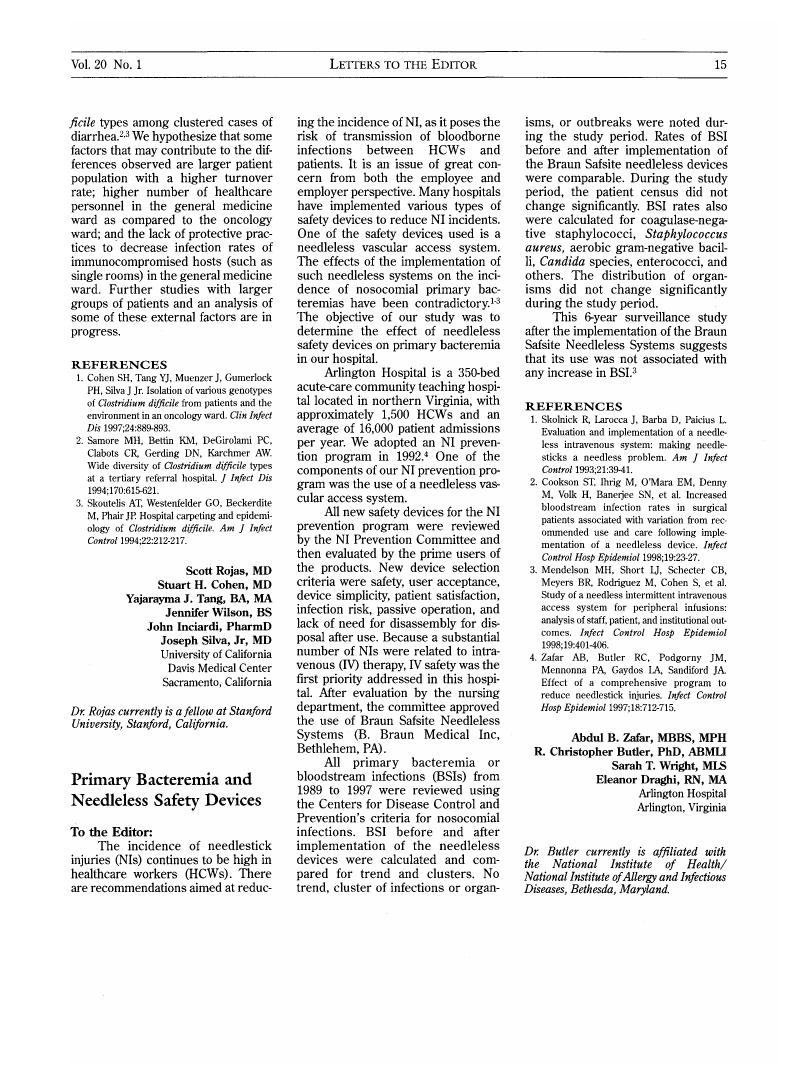Crossref Citations
This article has been cited by the following publications. This list is generated based on data provided by Crossref.
Casey, A.L.
Burnell, S.
Whinn, H.
Worthington, T.
Faroqui, M.H.
and
Elliott, T.S.J.
2007.
A prospective clinical trial to evaluate the microbial barrier of a needleless connector.
Journal of Hospital Infection,
Vol. 65,
Issue. 3,
p.
212.



